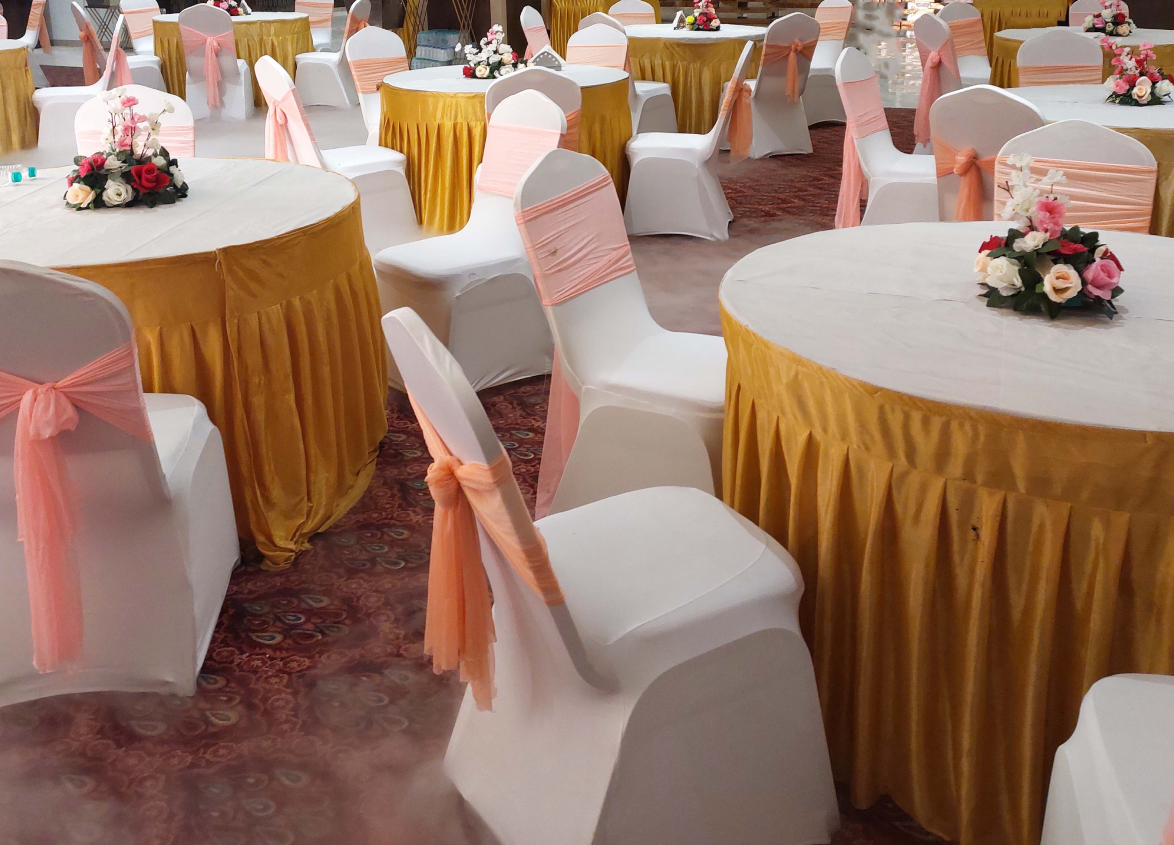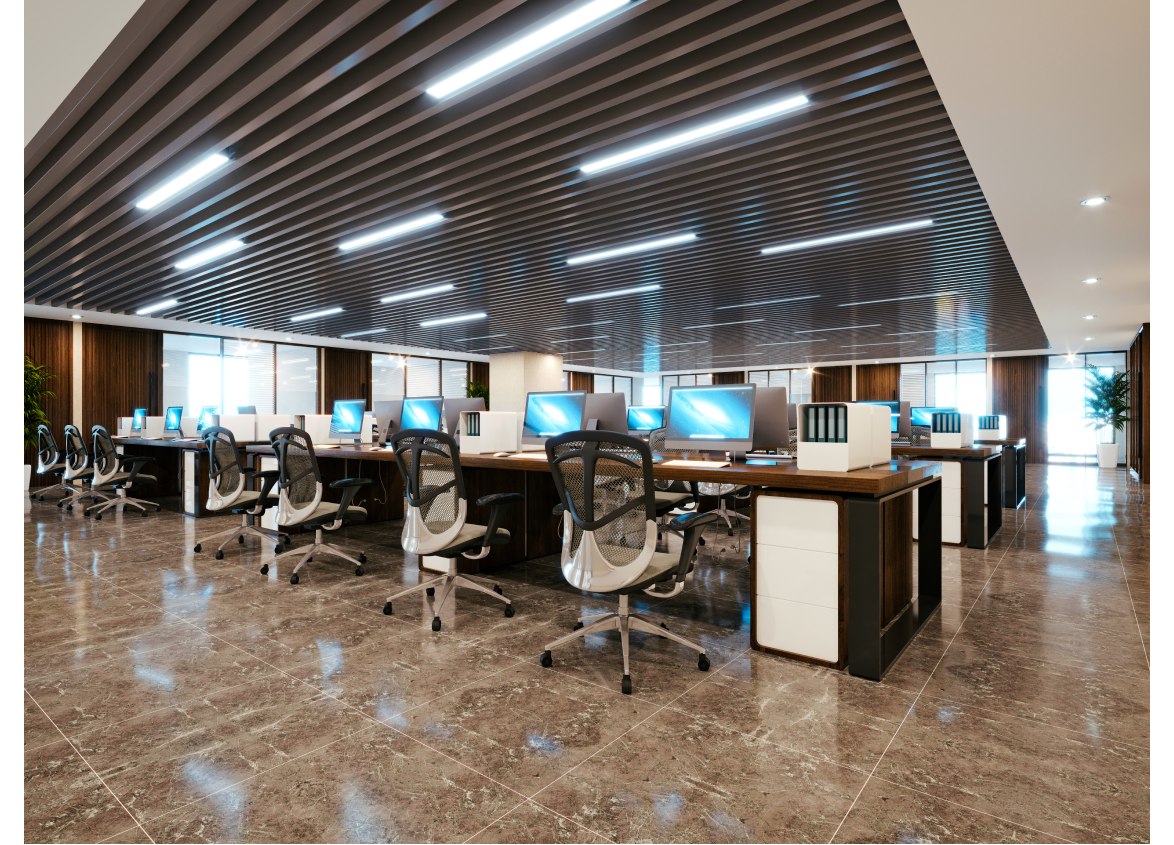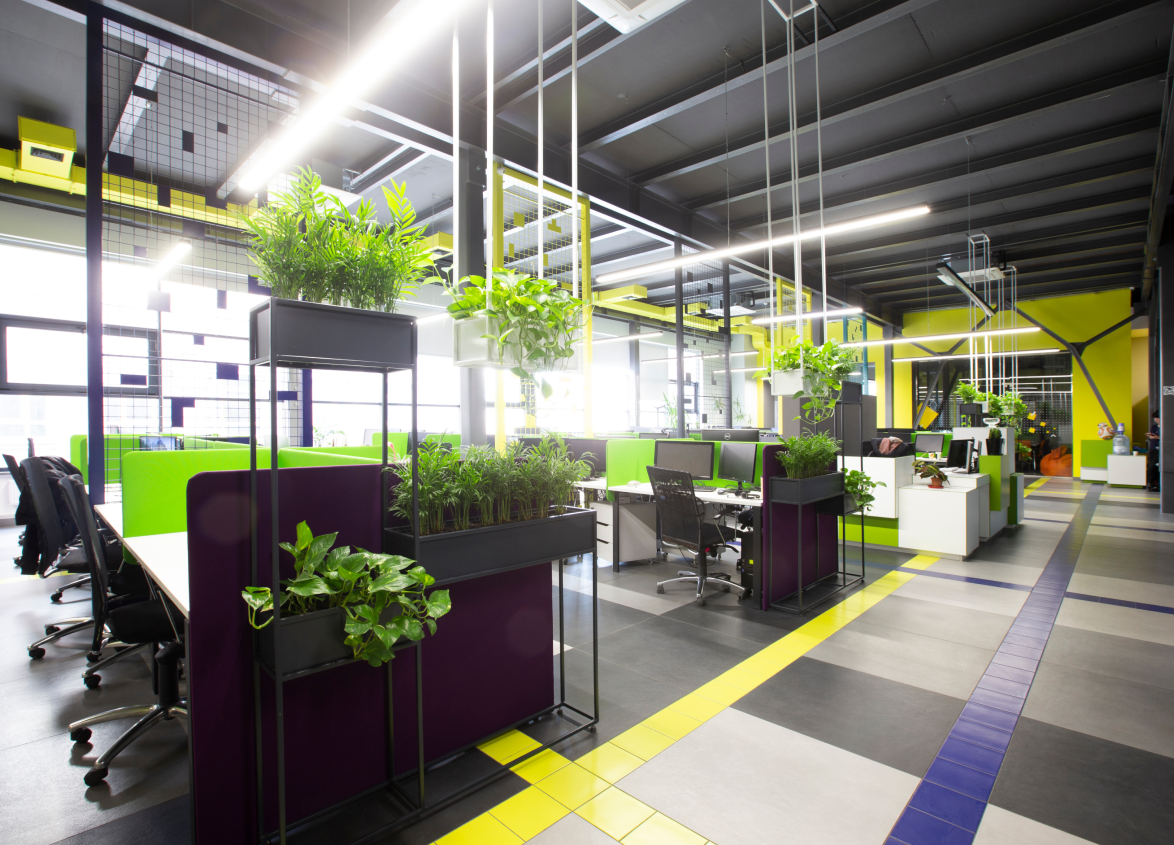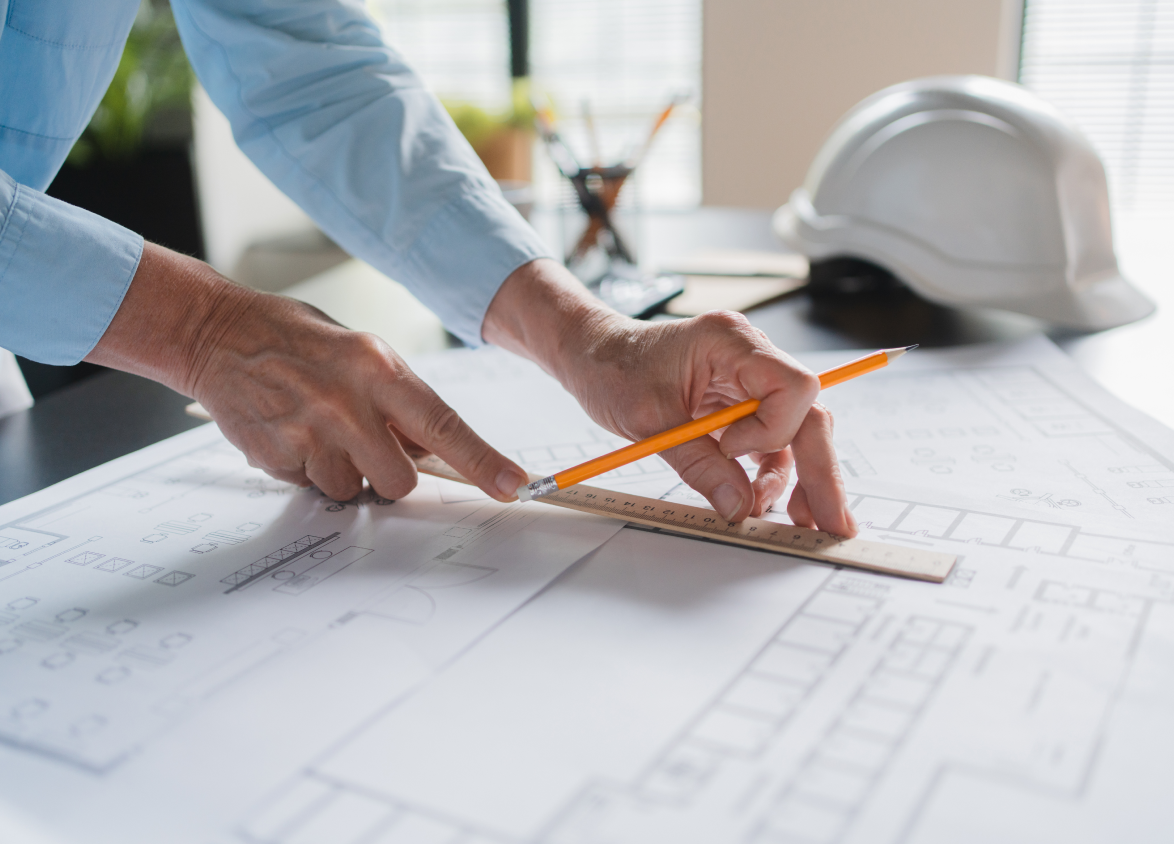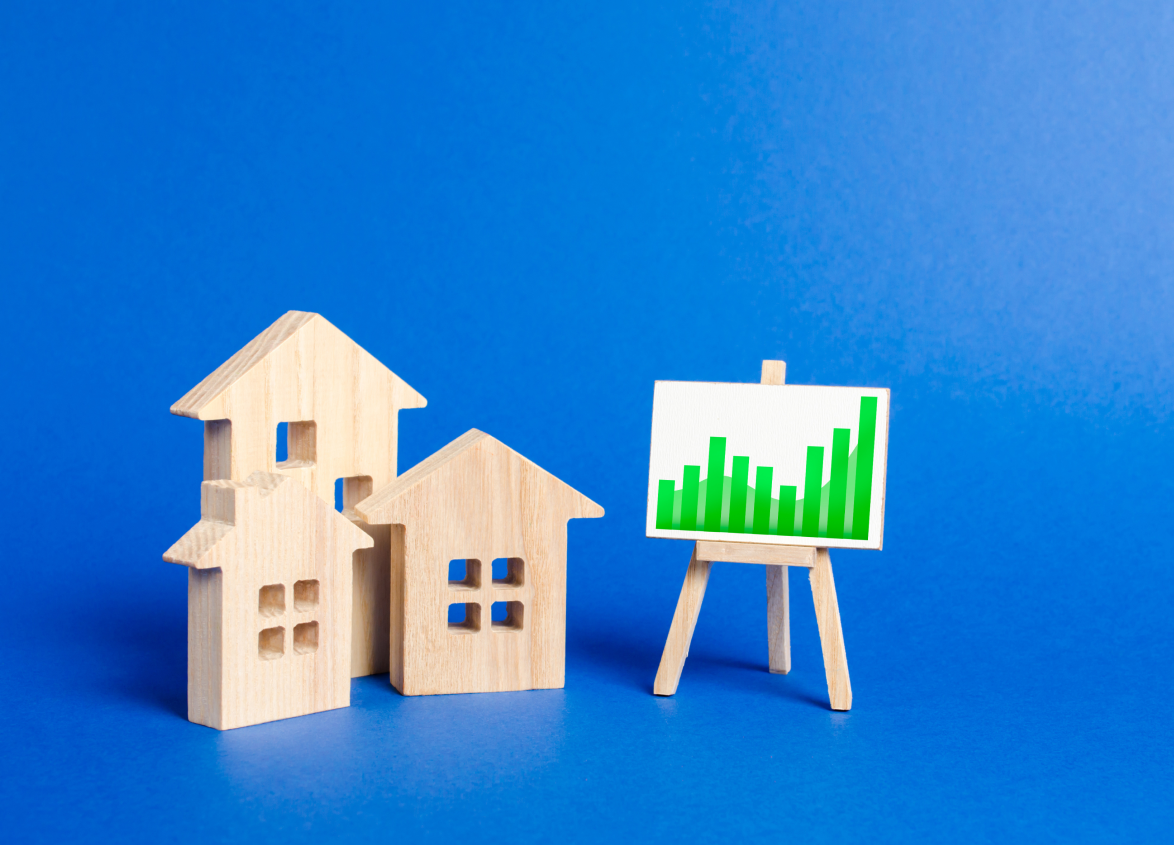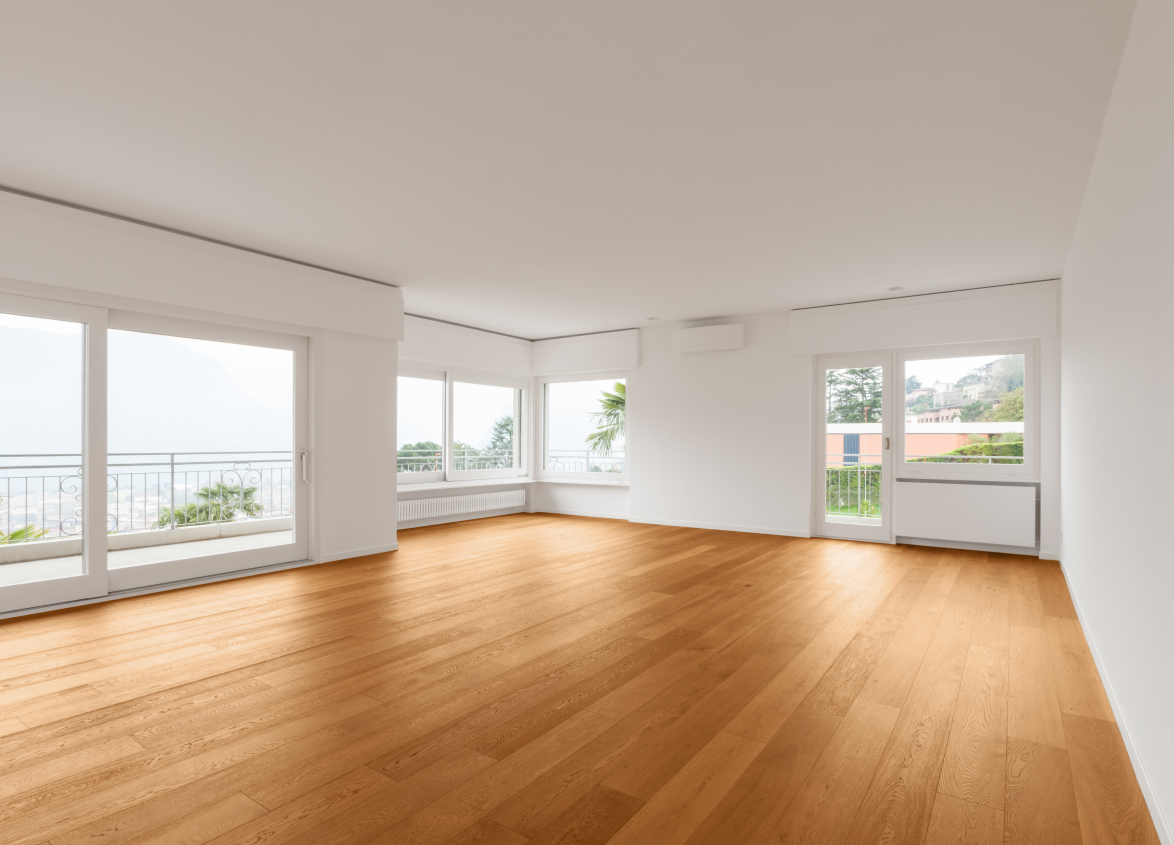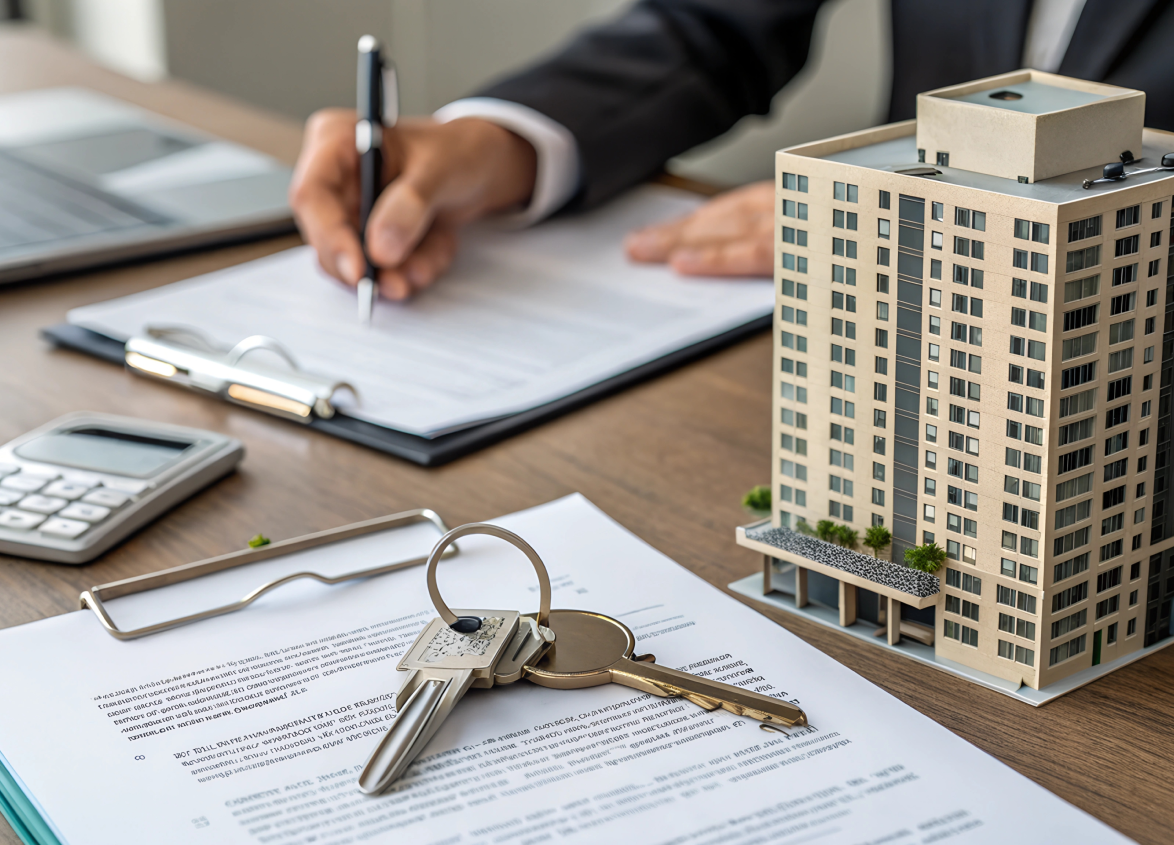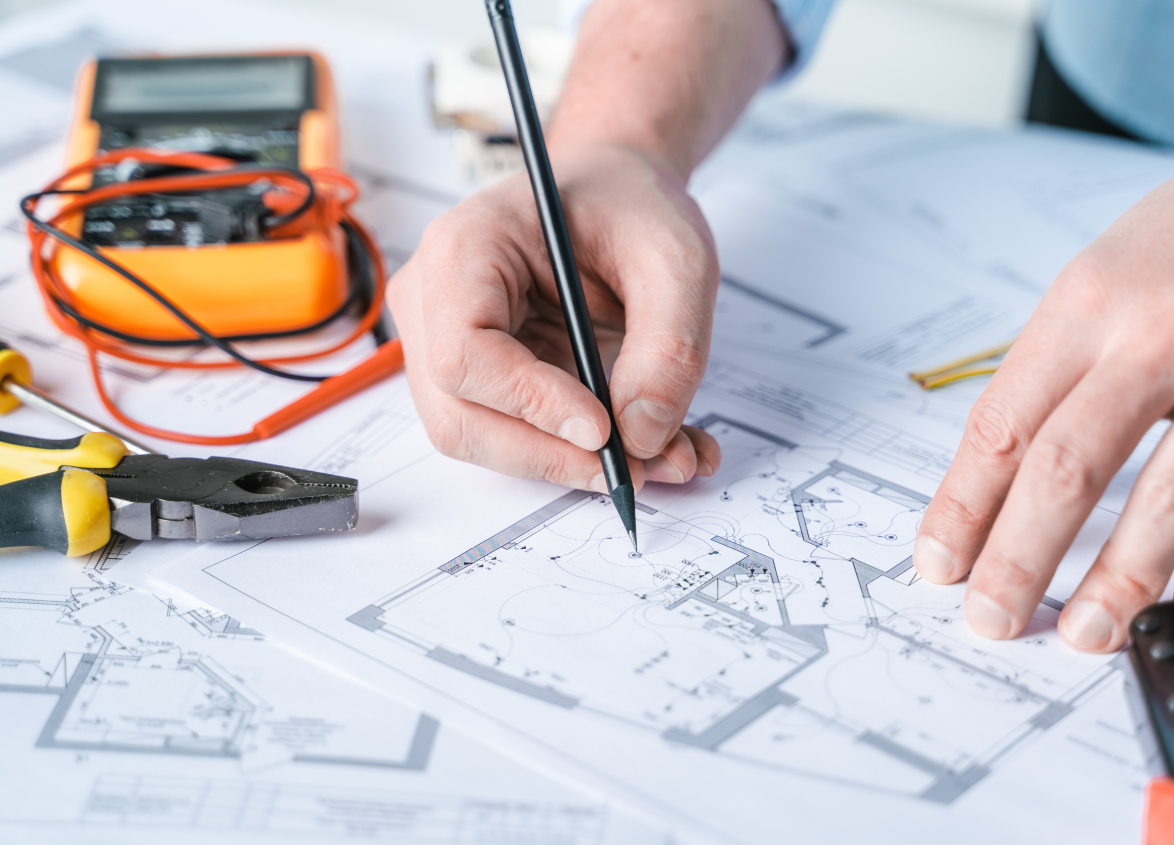
Commercial
Tips and Tricks to Boost Productivity with Smart Workspace
September 20, 2024
The present-day work environment is swift and efficacy is everything. Businesses are quickly integrating innovative workspaces to help create these focus-enhancing, efficiency-maximising and creativity-churning spaces.
A smart office has state-of-the-art technology that blends with a very relevant ergonomic design element and is well thought out in layout to uplift both physical comfort and digital efficiency. This blog will outline maximising productivity by designing and using a smart workspace.
Smart Workspaces and Modern Work Environments
It is not all about looking pretty; fitting together technology, innovation, and practicality for employees to work effectively in a smart workspace is what it's all about.
Smart offices use data-driven solutions for space optimization, lighting, furniture, and even air quality to create an adaptive, supportive work environment. Many offices integrate sensors, IoT, and automated systems to ensure the workspace meets the real-time needs of the employees.
With all of these, smart workplaces take a step further to improve the well-being of their employees and the overall workflow. Be it the lighting system that reduces eye strain or smart desks that go well with employee comfort, an innovative workspace improves the physical as well as mental health of the human resource.
Benefits of Smart Workspaces for Productivity
A smart workplace offers several benefits related to boosting productivity. Here are some of them:
Minimized Distractions
Smart workspaces are designed so employees are not disturbed by anything. This is facilitated by perfecting the layout to reduce clutter and ensuring that technology integration is done optimally.
Improved Collaboration
Smart technology makes team collaboration easier. Tools such as shared digital platforms allow teams to communicate and work together seamlessly, reducing glitches and improving teamwork.
Comfort and Health
Ergonomic furniture and smart tools minimize physical discomfort, leading to fewer health problems and extended productivity. Smart workspaces focus on improving the well-being of employees.
Productivity
Smart workspaces simplify tasks by automating repetitive processes and providing easy access to necessary tools. These facilities significantly contribute to increasing overall productivity.
Tips to Boost Productivity with Smart Workspace
1. User-friendly Furniture
User-friendly or ergonomic furniture is the primary requirement for an innovative office space. Comfortable chairs, manageable desks and other equipment should be designed so as to maintain a healthy posture that avoids stress on the body.
And why does that matter?
Comfort translates to productivity: The main aim is to remove discomfort or pain, which can be distracting. Ensure a comfortable setup for employees. Invest in adjustable desks and ergonomic furniture to reduce back or neck pain issues. Besides, comfort also increases productivity and concentration.
Improved physical health: Long hours of sitting cause health problems like fatigue and backaches. Convenient office furniture allows workers to stand or sit, thus preventing blood stagnation and lowering the risks of chronic injuries.
2. Correct Lighting
Lighting is one of the most vital elements that determine the comfort of an employee. It reduces eye fatigue and allows them to work comfortably. In innovative workspaces, adjustable lighting is incorporated depending on the requirement.
Natural light: Natural light enhances productivity and puts you in a better mood. Let your working space bring in as much natural light as possible. If that is not possible, use daylight-emulating bulbs to avoid eye discomfort and increase focus.
Task lighting: With desk lamps that can be adjusted, you will be able to provide exactly the right amount of light each employee needs to handle the tasks, reducing fatigue of the eyes and increasing concentration.
3. Optimized Office Layout
A poorly organized office kills productivity. Conversely, a well-planned layout can improve communication and enhance the work process.
Flow of movement: Your office layout should allow for smooth movement and access to various areas. Spaces must be clearly defined, whether they are collaborative areas or areas for quiet work.
Flexible spaces: Most smart workspaces incorporate modular furniture that can easily be moved around, depending on the needs of the team. This allows for spontaneous collaboration and simultaneous, focused, individual work.
4. Green Elements
Keeping plants around your workspace does not just add beauty elements but also improves focus and reduces stress. It further gives several other advantages:
Healthy environment: Plants filter out toxic agents from the air and build up oxygen levels. This can help minimize fatigue and retain focus.
Relaxing vibe: The presence of greenery in the office has been proven to reduce stress levels, making employees more productive.
Aesthetic appeal: A nicely decorated office with some flowers and plants makes for an inviting workspace where you want to spend more time working.
5. Healthy Work Habits
Your environment isn't just everything for achieving maximum productivity. It is equally important to foster healthy work habits.
Here are a few suggestions:
Taking regular breaks: This is especially true when one is constantly clearing away from his/her desk because this is helpful in enhancing concentration in the long run.
Keep yourself hydrated by maintaining your fluid intake: Ensure you take sufficient water so that you do not feel weary or even get a chance to get dehydrated, which decreases the level of concentration. That, of course, is why you need to ensure that you either take water or any other healthy drink.
Pay attention to mental well-being: Multitasking is a pit you must avoid at any cost. Doing many tasks at once does more harm than good. Set clear boundaries by saying no to stress-leading tasks or approving unrealistic deadlines. Multitasking should be avoided since it can negatively impact productivity and mental state.
6. Well-organised Workstation
It is essential to have an organised workplace so as to be efficient. To have a productive life, one must start with a tidy workspace. Knowing the whereabouts of everything helps you not spend time looking for supplies, allowing you to do extra tasks.
Use storage boxes to keep your desk neat. Separate items using storage containers. Group similar things together. Label the boxes to find what you need quickly. Keep important things near so you do not waste time looking for them.
Declutter regularly: Clean up your workplace at regular intervals. Remove things that you will not need in future. Staying minimalist helps maintain a neat and clean workspace and increases focus productivity.
7. Implementation of Digital Tools
Using digital tools like digital planners and to-do list makers in daily activities eases tasks and allows for smoother workflow by increasing productivity.
Virtual to-do lists: Consider writing down your daily tasks with Todoist, Microsoft To-Do or Google Tasks. This way, real-time virtual lists can enable easy prioritisation at work.
Collaboration platforms: Slack, Trello and Google Workspace allow for real-time collaboration among a scattered workforce. These tools allow document sharing, task distribution and progress reports to be shared in one place and in real-time, avoiding meetings and emails.
Automation tools: Tools like Zapier and IFTTT can alleviate repetition in tasks, such as file movement or sending reminders, thus freeing up some time for the staff for their high-priority work.
8. Personalisation of Workspaces
Personalising your workspace provides a feeling of ownership and comfort and makes you feel much more motivated to continue.
Add a personal touch: Keep personal pictures, your favourite artwork or mementoes around your workspace. But remember, too many of these can make the space look cluttered. So, balance the personal stuff and productivity.
Customisable furniture: Some smart offices allow employees to adjust their environment, from lighting brightness to desk height. These settings boost employee focus and comfort.
9. Clean Workspace
An unorganised place of work may cause stress and diversion. Cleaning your surroundings is the simplest way to increase your productive capacity.
Declutter as you work: Make it a point to tidy your office every day so that you can wake up to a clean, arranged space.
Regularly wipe the surfaces: A buildup of dust and dirt on top surfaces makes people extremely uncomfortable and leads to low productivity. Periodically wipe your desk, keyboard and mouse.
10. Distraction-Free Environment
A smart workspace removes distractions to let employees focus on work. Here are a few strategies for creating such an environment:
Noise control: If your office is bound to get loud, invest in noise-cancelling headphones or attach soundproofing material to the room.
Separate work and personal tasks: One of the most prevalent reasons people do not want to work from home is the difficulty in getting work done. They get caught up in personal work, social commitments and phone calls. The best way to get things done is to establish boundaries between work and personal hours.
More companies are now turning to smart workspaces to help their employees become more productive. Tech-driven workspaces also add to employees’ job satisfaction. Companies such as Google, Apple and Microsoft have integrated modern workspaces that foster flexibility, collaboration and comfort in the workplace. By blending technology with comfortable design and an effective environment, these firms create productive spaces that help teams foster creativity and focus on work.
Conclusion
With technology still developing, the traditional workspace will gradually turn into a smart workspace. Adopting the principles of smart office space will guarantee a company's employees' productivity and engagement.
More innovative workspaces offer practical solutions, enriching capability by increasing productivity and resulting in greater employee satisfaction. Ergonomically correct furniture, modification of office layout and state-of-the-art technology help business organisations create an environment to facilitate working with concentration and collaboration.
In the given competitive scenario, adopting smart workspaces is not a fashion but an urgent requirement for long-run success.
MUST READ
Looking for something specific?
We'd be delighted to help you.






